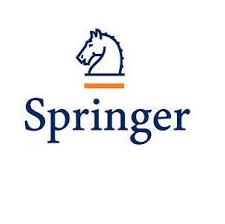5 Conclusions
Over time, those involved in urban planning have gradually integrated environmental criteria into their decision-making. In a context of resource protection, this has led them to question the role and importance of soils. If our first hypothesis is that the soil in urban planning is only considered as a surface (soil as a land reserve, land use), it turns out that the actors of urban planning (e.g., policy makers, operators, urban planners) also consider the soil as a resource, with its own properties. However, the consideration of the soil as a resource in urban planning remains limited and complex. The results of the lexical analysis of French planning documents show that the consideration of soil as a resource is independent of any geographical and demographic contexts. Our new hypothesis is that variations mainly depend on the authors of the planning document. In addition to that, the occurrences of Bsoil^ referring to a resource concept are dominantly considered for its fertility (in relation with its agricultural use) and potential contamination. The occurrences of Bsoil-resource^ also refer to issues of storm water management, geotechnical constraints, and the protection of agricultural soils. Therefore, only a limited number of services provided by soils across the urban area (e.g., agricultural, forest, and urban) are considered in development strategies (e.g., support of infrastructures, regulation of the risk of flooding). Many other services are crucial to the viability of human societies, and the management of many environmental issues (e.g., regulation of the air quality, mitigation of the climate change, production of food and energy, production of fiber and raw materials, regulation of urban heat island, waste recycling, water purification, noise attenuation) is thereby obscured. This is particularly true for urban soils, which are infrequently considered for the services they can provide. Indeed, the urban planners consider soils both as a constraint (e.g., potentially polluted) and as an opportunity (e.g., allowing regulating the cycle of the water in order to avoid risks of flooding). However, any references to opportunities associated with urban soils are scarce in urban planning documents. For example, if the contribution of forest soils to carbon storage is well described, that of urban soils is globally absent in planning documents. All of these results suggest that those involved in urban planning seem to lack sensitivity to, but above all, are largely unaware of (urban) soils and their contributions to cities, where they could provide high-level ecosystem services. One of the ways to overcome this lack is (i) to train urban planners to know the soils, (ii) to make them aware of the importance of considering urban soil properties, and (iii) to develop decisionmaking tools to evaluate ecosystem services provided by urban soils in order to optimize land use.








